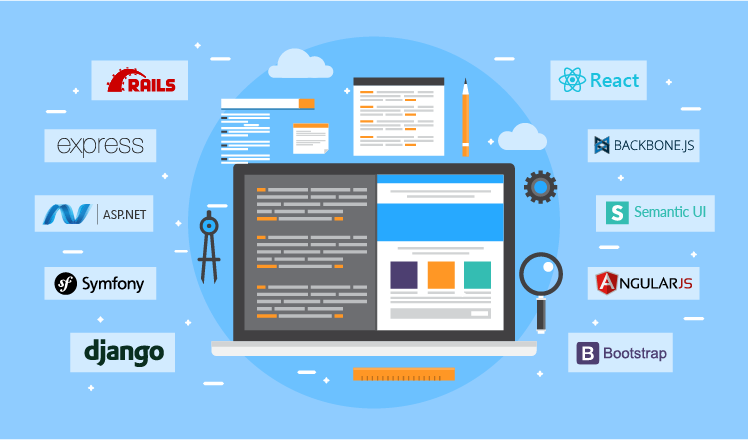Benefits of Frameworks
25 Feb 2021
Why
After using semantic, I believe every software developer/engineer should use a framework. Frameworks are basically templates for every element of a webpage and can save so much time. Additionally, using frameworks allows the programmer to develop an application that is structured. What I mean by this is, for example, semantic classes help create responsive webpages by just putting class’s on the div’s rather than hard coding difficult ui’s such as dropdown menus.
Issues
Despite how helpful ui and frameworks are, there are some cons when using it. Some issues I personally have with semantic is, with the container element, I can’t change some elements of the webpage such as the margins and centering. Another thing that dislike when using semantic is, when I want to add a sticky footer on the bottom of my webpage, there is no class for it. I feel like having a sticky footer is very important in styling webpages and hopefully in the future they will add in a class that does so easily.
My Thoughts
Personally, semantic ui is the first ui I have ever used so I am not sure how it compares to other ui’s such as bootstrap, but from my experience, I feel semantic just makes my job a lot easier. I probably won’t use the ‘ui container’ class a lot mostly because I can’t customize it, but for the other classes such as the dropdown menu’s, buttons and grids, I will be using them a lot in the future. Overall, a software engineer should always be using some type of framework because it saves a lot of time and it can make webpages a lot more interactive than a hardcoded html/css webpage.